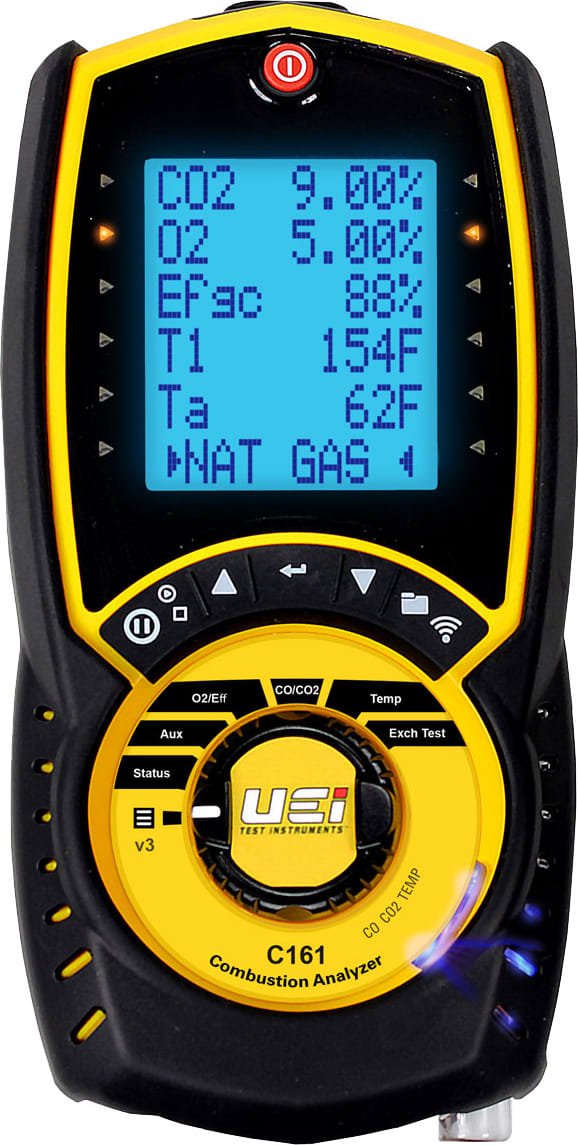Get Tech Tips
Subscribe to free tech tips.
Charles’s Law

Jacques Charles was a French physicist (and a real looker based on that photo) born in 1746. Little is known about his educational and family background, but he began his career as a clerk at the Ministry of Finance in Paris. After a short time as a financial clerk, he began focusing on science.
The birth of balloon aeronautics partially spurred Charles’s interest in science, as the first successful hot-air balloon launch occurred in Paris in June 1783. Charles came on the aeronautics scene later that year, and he brought his extensive knowledge of gases with him. He launched a hydrogen-filled balloon, which was much lighter than air and could achieve a much greater altitude.
Charles studied gases even further a few years later. While working with hydrogen, oxygen, carbon dioxide, and a few other gases, he discovered that the gas volume proportionally expanded with temperature increases, so long as the pressure remained constant.
Charles did not publish his original findings when he discovered them in 1787. Instead, another French scientist named Joseph-Louis Gay-Lussac learned about the discovery and performed his own experiments. When he yielded the same results with more precise experimental conditions, he published the findings but credited Jacques Charles when he did so.

The law
Charles’s law states that a gas’s volume varies directly to the absolute temperature under constant pressure. A gas’s absolute temperature also varies directly with the pressure at a constant volume. Some people may refer to Charles’s law as Gay-Lussac’s law, named after the man who published the discovery.
You can use the following equations to represent Charles’s law:

In other words, the initial volume divided by the initial absolute temperature will equal the final volume divided by the final absolute temperature. The same rule applies to pressure divided by temperature.
Let’s suppose you have a gas with an initial volume of 20 in3 and an initial absolute temperature of 40° F. The gas gets hotter and expands, leading you to record a final volume measurement of 40 in3 and a final temperature of 80° F. If you were to divide the initial volume (20 in3) by the initial temperature (40° F), you would get a ratio of 1/2. Divide the final volume (40 in3) by the final temperature (80° F), and you’ll receive the same ratio: 1/2.
The ratios indicate that Charles’s law shows a directly proportional relationship between temperature and volume. The same goes for temperature and pressure.
When might we see Charles’s law in HVAC/R?
We can use each element of Charles’s law for different purposes.
For example, we can use the temperature and volume readings to determine the amount of air that leaves a gas-fired furnace. If you know the original air volume and the initial and final temperatures, you can plug those into the volume equation for Charles’s law to figure out the volume of air exiting the unit.
Temperature and pressure are critical in gas storage, so we can use the other half of Charles’s law to determine pressure changes. Let’s say you’re storing gas in a tank and want to know how much the pressure has changed since you initially measured it. All you would have to do is plug the initial pressure, initial temperature, and final temperature into the equation to solve for the final pressure variable.
Then, of course, you can combine Charles’s law with Boyle’s law to yield the ideal gas law or law of perfect gas. You can use the ideal gas law for more complicated matters, such as measuring compression or gas expansion in pressurized storage tanks.
As you can see, Charles’s law is quite versatile for our purposes. It also combines well with Boyle’s law to give us a comprehensive understanding of how temperature, volume, and pressure all relate to each other in gases. Jacques Charles may be best known for his balloon experiments, but his law is what we can really appreciate. It makes sense of the work we do daily.
References
https://www.britannica.com/biography/Jacques-Charles
https://dbpedia.org/page/Jacques_Charles
Special thanks
Modern Refrigeration and Air Conditioning, 21st edition (Andrew Althouse, Carl Turnquist, Alfred Bracciano, Daniel Bracciano, and Gloria Bracciano)
Refrigeration & Air Conditioning Technology, 9th edition (Eugene Silberstein, Jason Obrzut, John Tomczyk, Bill Whitman, and Bill Johnson)
These truly are the reference guides for the industry and deserve attribution for all such articles.










Comments
To leave a comment, you need to log in.
Log In